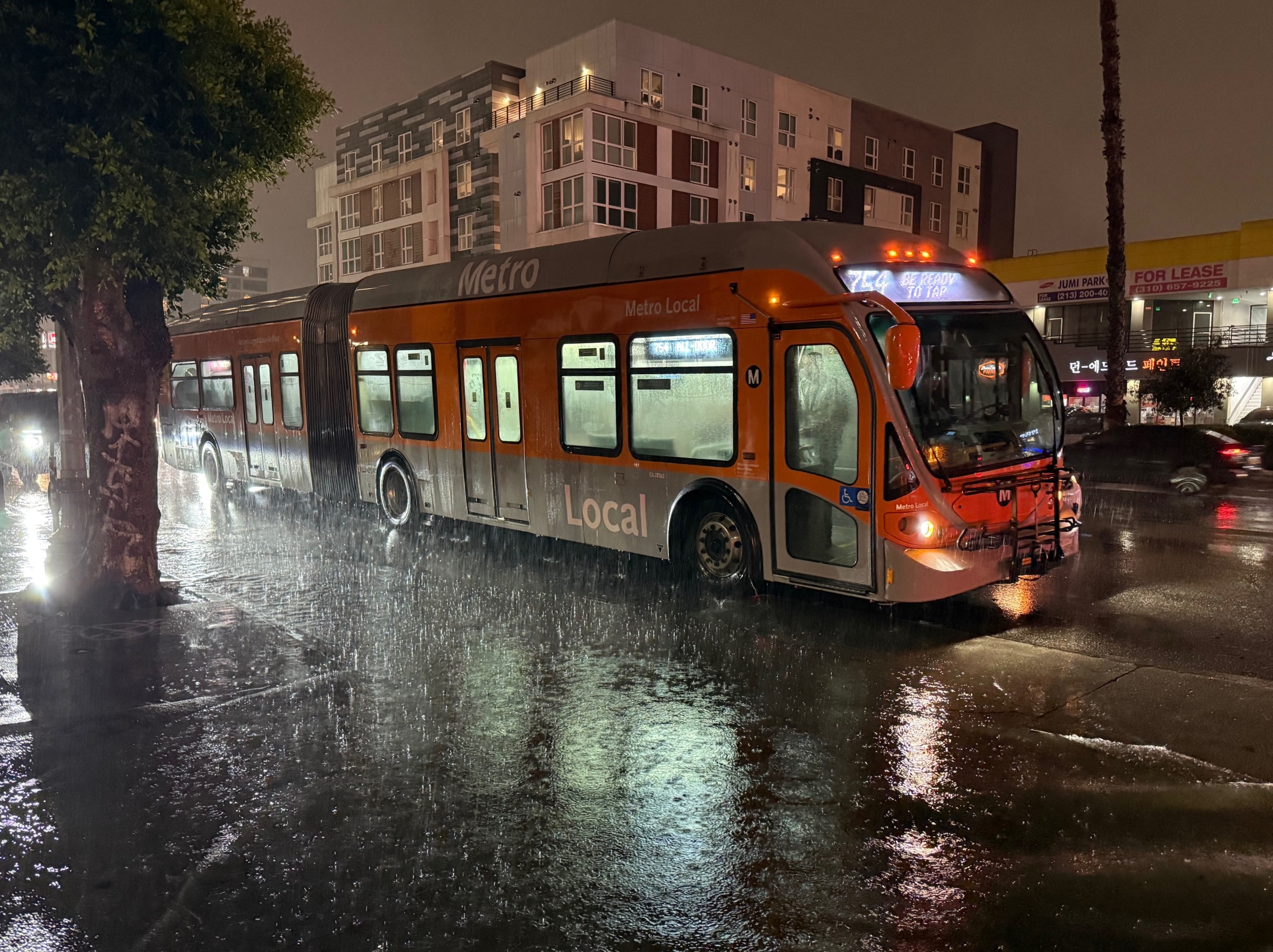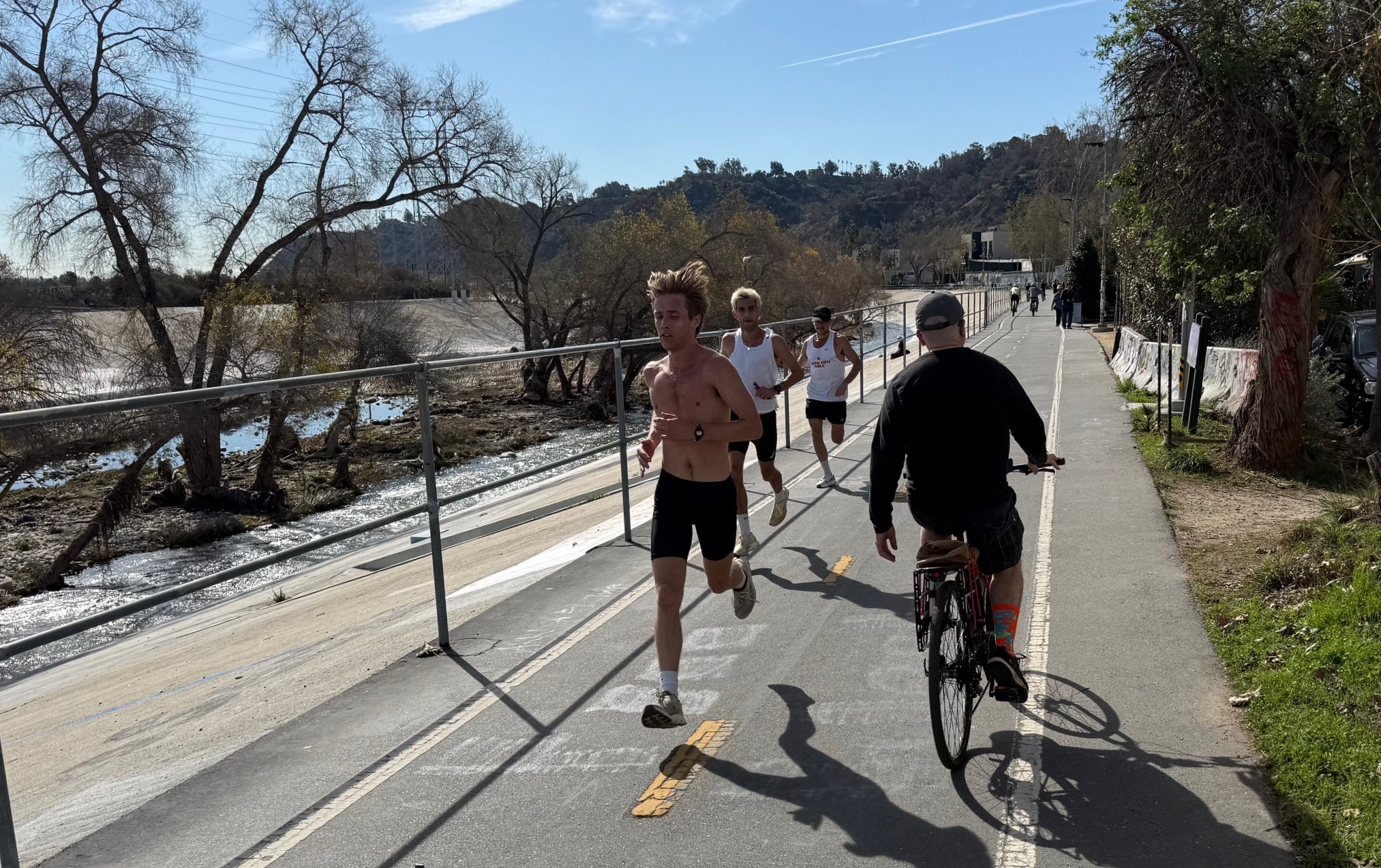While environmentalists and smart growth advocates focus on the I-710 Tunnel Project, the one that would "complete" by closing the 4.5 mile gap between the current end of the freeway and the 210 Freeway; another massive expansion project for the I-170 is more quietly moving though environmental review.
A task force of agencies including California Air Resources Board, the South Coast Air Quality Management District, Caltrans, Gateway Cities Council of Governments, the Army Corp of Engineers, the Alameda Corridor Transportation Authority and the City of Long Beach is sponsoring a project that seeks to expand the 710 from the Port to the I-60 Freeway. The City has been a part of an inter-agency task force with Caltrans that is seeking ways to alleviate congestion and improve air quality. Thanks to a report posted on Metro's website outlining the alternatives, we can see that unless they decide to go with the "no build" option, the 710 is going to be widened from eight lanes to at least 10, but probably 14 lanes. The four alternatives that will be evaluated in the environmental studies are:
- Alternative 1 - No Build
- Alternative 5a - Widen to 10 General Purpose Lanes
- Alternative 6a - Widen to 10 General Purpose Lanes Plus 4 Freight Movement Lanes (Conventional Trucks)
- Alternative 6b - Widen to 10 General Purpose Lanes Plus 4 Freight Movement Lanes (Zero Emission Trucks)
The task force states that their preference is Alternative 6a, which in the backwards world of California transportation planning is naturally the one that would increase traffic and air pollution the most and be the worst for the environment. The argument supporting such a massive widening is that congested highways cause more pollution than ones with traffic moving freely. While it's hard to argue against that point, this theory ignores the reality that wider highways attract more traffic and that new highway capacity on congested roads are filled to capacity within years of completion.
By increasing traffic lanes from 8 to 14, those supporting this plan are all-but assuring that those living near the 710 and connecting highways are going to be choking on fumes. Imagine the highway pictured above choked with traffic with four of those lanes packed with trucks. Then compare that image to the current I-710 pictured here.
It's hard to see how building such a highway meets the objectives of the City of Long Beach, who outlined their goals for improving the freeway in this 2004 document that lists as one of it's major goals finding an alternative to highway expansion.
Before the environmental studies can begin, the alternatives need to be approved by the I-710 Executive Committee which is tentatively scheduled to meet on July 23. More details on this meeting will be posted here as they become available.






